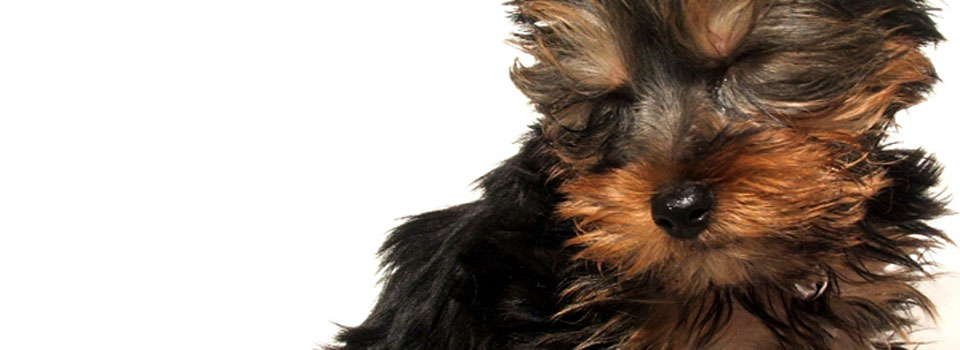Macy couldn’t stop sneezing. Even after several blades of grass were flushed from the two-year-old’s nose, something still tickled her nasal cavity.
So her veterinarian sent the Yorkshire terrier to surgeons at the UGA College of Veterinary Medicine.
Using a rigid endoscope, a tool common in human hospitals, the surgeons found the culprit – one last blade of grass – without having to resort to surgery.
Rigid endoscopes are now standard in minimally invasive techniques, surgical and non- surgical alike, whether to fish out a stubborn blade of grass or obtain biopsies and perform treatments in most body cavities.
“It’s a whole new approach to doing surgery in animals,” said Clarence Rawlings, surgeon and UGA professor of small animal medicine. “Many of these techniques have been used in people for nearly two decades.
“It’s something that is following the human trend by about 10 years. Our challenge is to figure out what kinds of conditions are specific to dogs or cats that can benefit from these types of surgeries,” he said.
For the past five years, Rawlings and his team have adapted more than a dozen minimally invasive techniques traditionally performed on humans for patients like Macy. Many of those techniques employ a rigid endoscope, an instrument outfitted with a series of miniature lenses and lights. A digital camera attached to one end feeds video to a television monitor, enabling the veterinarian to see the surgical site.
“Some people call it TV surgery,” Rawlings said. “It’s exactly the same thing they do for people.”
Instead of long incisions, minimally invasive surgery usually relies on two to four small incisions, each about as small a one-fourth inch long, to insert the video camera and other miniature surgical instruments, such as forceps.
UGA veterinarians can adapt many of these procedures because companies now make smaller and lighter surgical instruments, in part because these techniques are now being used more and more for children.
“When we work on a 6-pound cat, we’ll use many of the same instruments needed for a 6-pound baby,” Rawlings said. “A lot of things we do are not that much different.”
Rawlings and his team have developed a wide range of minimally invasive procedures for animals. Specifically, UGA veterinary surgeons can:
• Remove a tumor or conduct a biopsy with an endoscope. “We can also diagnose how far a cancer has spread by taking masses from particular lymph nodes,” Rawlings said.
• Perform a much quicker and much less invasive procedure on dogs whose testicles cannot drop on their own.
• Perform preventative incisional gasteoplasty on dogs that are prone to bloat, a recurring and often fatal condition.”We reduce the size of the surgical opening and scar, as well as the stress as far as healing,” Rawlings said.
In the past year alone UGA vet surgeons performed approximately 50 minimally invasive surgeries on small animals as part of the teaching hospital program. Usually, a resident and a student assist Rawlings as part of their training. Other faculty frequently participate because the university is in the process of developing an endoscopic surgery program for service and teaching.
And Rawlings can’t help but appreciate the irony of human medicine being tested on animals.
“Now we are doing a lot of procedures using information gained from people,” Rawlings said. “We are lifting from the human literature and trying to figure out which are applicable in the dog and the cat.”
This time, Macy is reaping the rewards.
Editor’s note: This story was published in UGA’s Research Magazine in 2003. Today, veterinarians at the University of Georgia Veterinary Teaching Hospital regularly perform endoscopic procedures on virtually all types of large, small and exotic animals; more than 460 of these procedures were done in 2009. Dr. Clarence Rawlings, who is featured prominently in the story below, retired from the UGA College of Veterinary Medicine in June 2004. Dr. Rawlings still teaches endoscopic continuing education courses.


